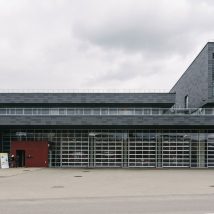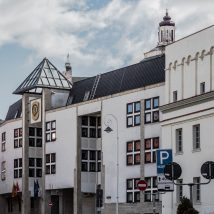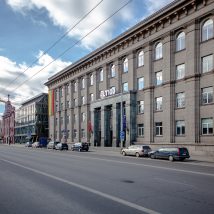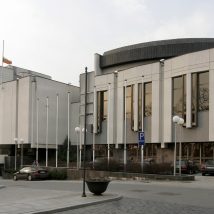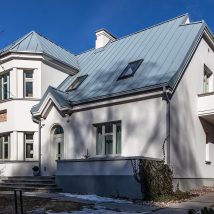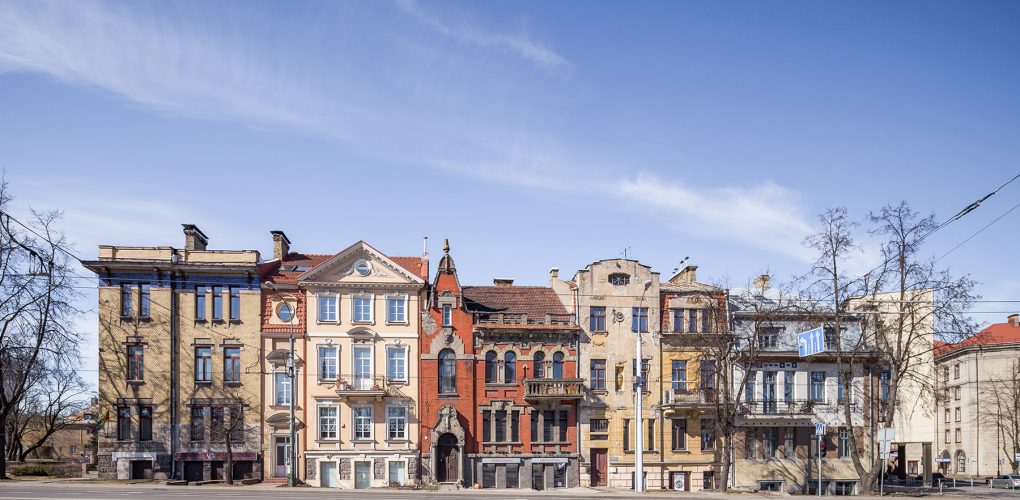
Visitors to the city and long-time residents alike cannot help but notice this Art Nouveau pearl tucked away in the very heart of the city. However, probably not everyone is aware that this is one of the most unique architectural monuments from the early-20th century.
The concept for the construction of townhouses – called colonies – was an unprecedented phenomenon in Lithuania that was ahead of its time; its emergence was prompted by the prominent social activist, philanthropist and director of the Land Bank, Juozapas Montvila (Józef Montwiłł).
Built in 1911–1913, the 22 buildings were terraced into three groups of townhouses to form a perimeter block. With this project, Montvila aspired to further promote the living environment reform that he had conceived: fully designing and building a closed townhouse community with an internal garden – a refuge from the turmoil of the world. This is how the goal of promoting cost-effective construction techniques without impinging on housing comfort and aesthetics was carried out.
Having miraculously survived two World Wars, escaped oblivion, and accumulated a noble historical memory inside it, the site is one of the most interesting examples of rethinking the idea of residential housing to this day.

